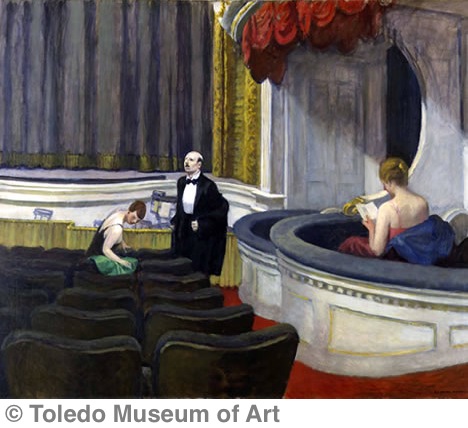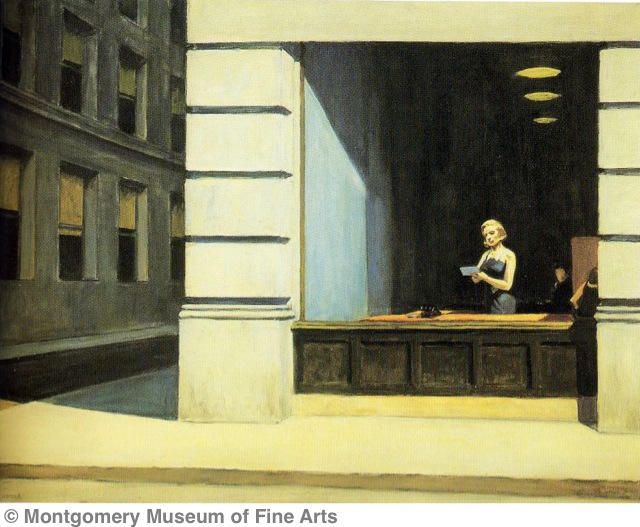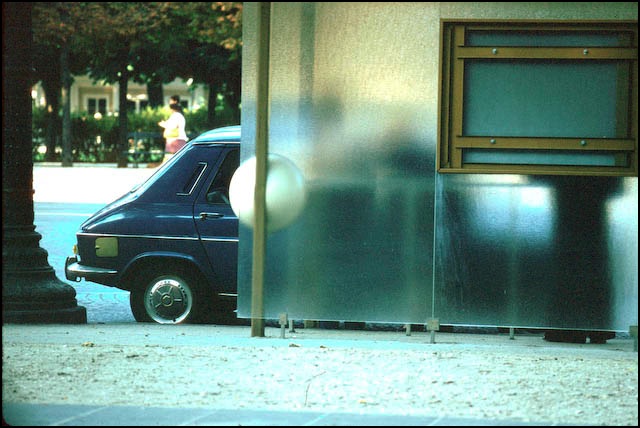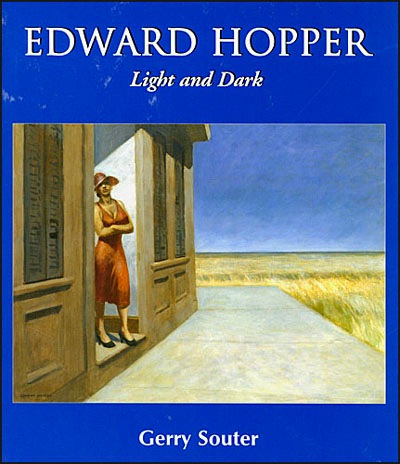Even if you don’t care for painting, check him out.
I have written before about the American painter Edward Hopper (1882-1967) and of both the love I have for his work and the strong influence he has exerted over my way of seeing as a photographer. For Hopper is that most photographic of painters. And I don’t mean photographic in the dry, sterile, rather sick sense of the photorealists (gee, if you are going to kill yourself making a painting look like a photograph, why not just photograph the bloody thing and save some time?). No, I mean it in the sense that with his people-in-the-city paintings there are all the elements of photographic composition with the painter’s singular advantage that distracting clutter can simply be blended out with some brushwork.
Case in point:

Edward Hopper, Two on the aisle, 1927
You get a touch of realism in the ‘decisive moment’ timing of the picture, a touch of surrealism in the detailing of the woman’s face and a touch of Degas (also a fine photographer) in the back of the woman in the box on the right. The perspective is gently skewed in the best Bonnard tradition.
Invariably, when it comes to people, Hopper trends to the lonely vision of the American Experience, as here:

Edward Hopper, New York Ofice, 1962
I know exactly how he felt.

Leica M3, 50mm Summicron, Kodachrome 64, Anchorage, 1978
Nor is that vision unique to American cities:

Leica M3, 35mm Summaron, Kodachrome 64, Paris, 1974
There are many fine books on Hopper. One I recommend is “Edward Hopper: Light and Dark” by Gerry Souter, Parkstone, 2007. Barely published and already remaindered, it’s replete with many illustrations (over 140) and Souter’s text makes for interesting reading, devoid of pomposity. Any photographer looking to sharpen and refine his vision could do worse than plonking down $25 for a remaindered copy.

Click the picture for Amazon.
My favorite painter. Good article. Great site.
Glenn Stoutt